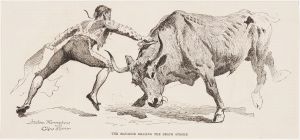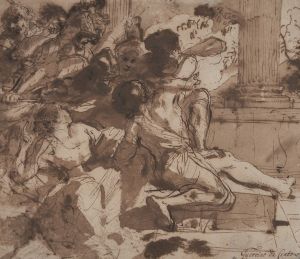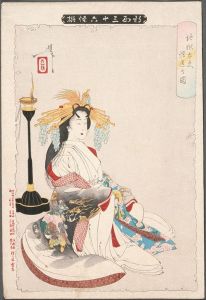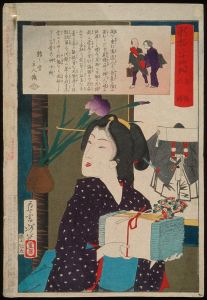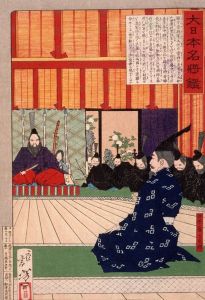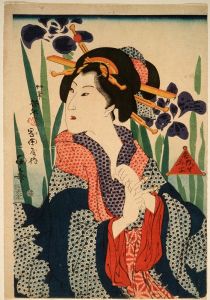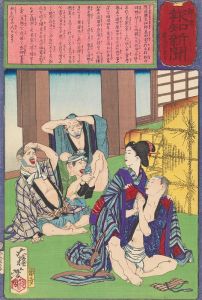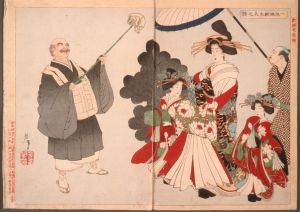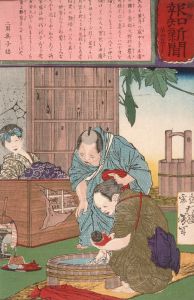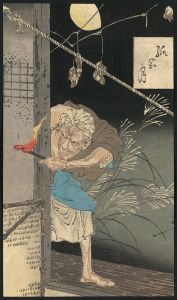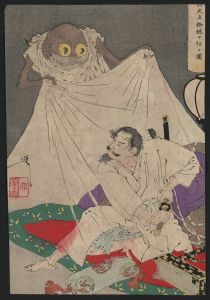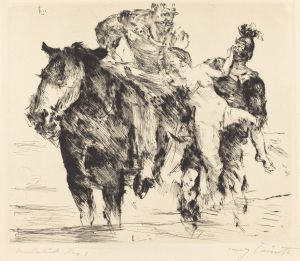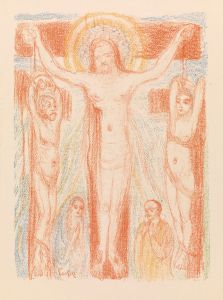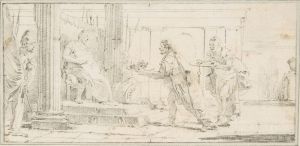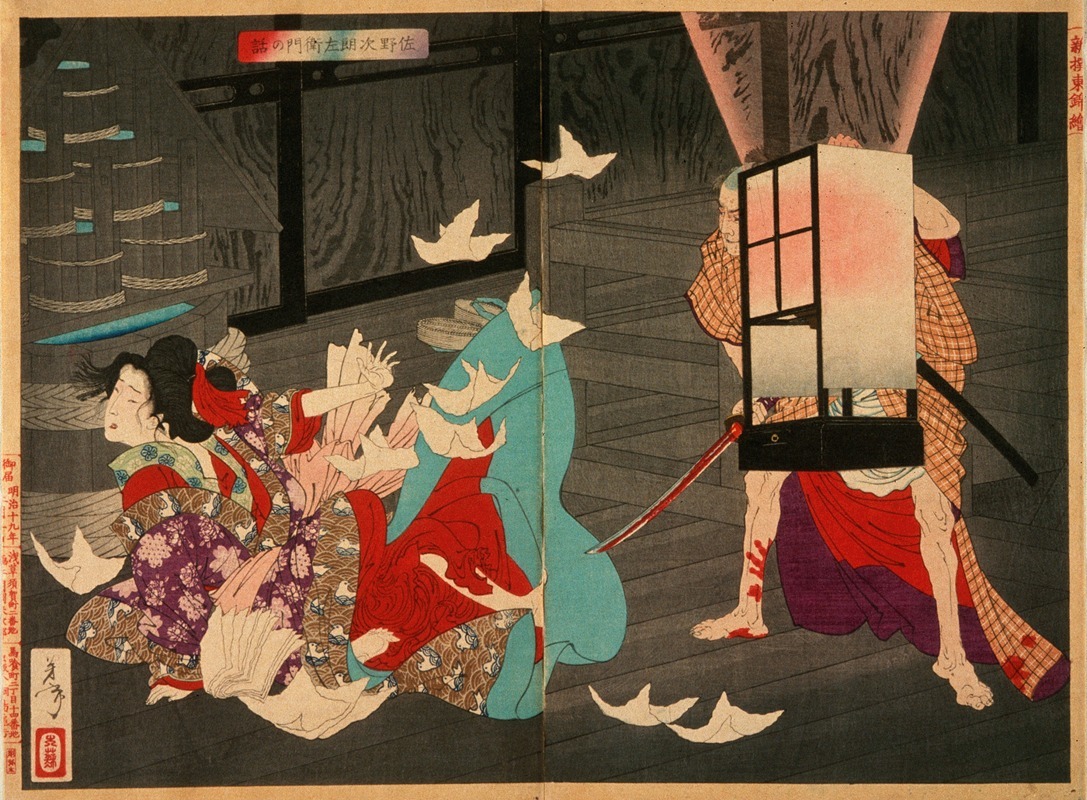
Sano Jirōzaemon Murdering a Courtesan
A hand-painted replica of Tsukioka Yoshitoshi’s masterpiece Sano Jirōzaemon Murdering a Courtesan, meticulously crafted by professional artists to capture the true essence of the original. Each piece is created with museum-quality canvas and rare mineral pigments, carefully painted by experienced artists with delicate brushstrokes and rich, layered colors to perfectly recreate the texture of the original artwork. Unlike machine-printed reproductions, this hand-painted version brings the painting to life, infused with the artist’s emotions and skill in every stroke. Whether for personal collection or home decoration, it instantly elevates the artistic atmosphere of any space.
"Sano Jirōzaemon Murdering a Courtesan" is a woodblock print created by the renowned Japanese artist Tsukioka Yoshitoshi. Yoshitoshi, who lived from 1839 to 1892, is often celebrated as one of the last great masters of the ukiyo-e genre of woodblock printing and painting. His works are known for their dynamic compositions, vivid use of color, and often dramatic or violent subject matter, reflecting the turbulent times of the late Edo and early Meiji periods in Japan.
This particular print is part of Yoshitoshi's series "Twenty-Eight Famous Murders with Verse" (Eimei nijūhasshūku), which was published between 1866 and 1867. The series is notable for its depiction of historical and legendary acts of violence, each accompanied by a poem or verse. The prints in this series are characterized by their intense emotional impact and often graphic content, which was a departure from the more serene and idealized subjects typical of earlier ukiyo-e works.
"Sano Jirōzaemon Murdering a Courtesan" depicts a dramatic and violent scene, capturing a moment of intense action and emotion. The print illustrates the story of Sano Jirōzaemon, a historical figure who is said to have murdered a courtesan. The exact details of the story and the motivations behind the murder are not extensively documented in historical records, but the tale fits within the broader context of kabuki and bunraku theater, where such dramatic and tragic narratives were popular.
Yoshitoshi's depiction is notable for its composition and use of color, which draw the viewer's eye to the central action of the scene. The expressions of the characters and the dynamic movement captured in the print exemplify Yoshitoshi's skill in conveying emotion and drama. The use of bold lines and contrasting colors enhances the sense of immediacy and tension, making the scene both compelling and unsettling.
The "Twenty-Eight Famous Murders with Verse" series, including this print, was created during a time of significant social and political change in Japan. The country was transitioning from the feudal Edo period to the modern Meiji era, and this period of upheaval is often reflected in the art of the time. Yoshitoshi's work, with its focus on violence and human emotion, can be seen as a reflection of the uncertainties and transformations of this era.
Despite the graphic nature of the series, Yoshitoshi's prints were well-received and remain highly regarded for their artistic merit and historical significance. They provide insight into the cultural and social dynamics of 19th-century Japan, as well as the enduring appeal of dramatic storytelling in Japanese art.
Today, "Sano Jirōzaemon Murdering a Courtesan" and other prints from the series are studied for their artistic techniques and their place within the broader context of Japanese art history. They continue to be exhibited in museums and collections around the world, appreciated for their unique blend of beauty, horror, and historical narrative.





